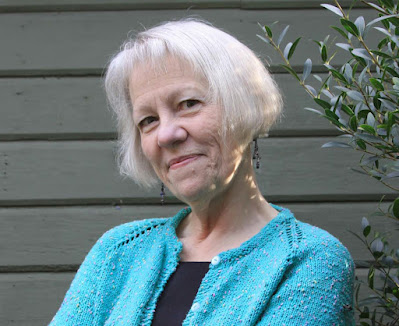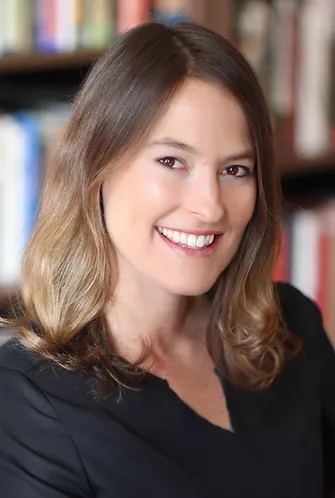Catherine Egan

She’s written several books for teens, including the Witch’s Child trilogy: Julia Vanishes, Julia Defiant, and Julia Unbound.
Sneaks is Egan's middle-grade debut.
My Q&A with the author:
How much work does your title do to take readers into the story?Visit Catherine Egan's website.
I usually have a terrible time thinking of titles, but Sneaks was my working title, and it stuck – it felt like the right title for a puzzle book about sneaky aliens! The official name for the interdimensional life forms in the novel posing as ordinary, inanimate objects is “Malsprite,” but they are commonly called “Sneaks” for the way they slip into the world and disguise themselves as something innocuous. The main characters are also required to do a fair bit of sneaking around, and many characters have hidden or secret agendas, so the title felt right in more than one way! I like that it’s simple and memorable and – I hope – suggests a fun, action-packed mystery.
How surprised would your teenage reader self be by your novel?
When I was a teenager, my reading (and my writing!) was very dark and dramatic, but I think my teenage self would not be so terribly surprised by this book. My stories are always primarily character-driven. The relationships between people make up the heart of everything I write and Sneaks is no exception. It’s a book about friendship, family, and connection. It’s also – I hope! – the sort of book I would have stayed up reading under the covers with a flashlight as a kid. I’ve always loved fantasy and aliens and character surprises and mysteries and puzzles with clues. This book feels a little like going back to my first book-loves.
Do you find it harder to write beginnings or endings? Which do you change more?
It depends on the book! Sometimes, the final scene is the first thing I write, and finding the right place to start can require many attempts. In this case, the opening scene, in which my main character sees a wristwatch crawling across the floor of its own accord, was one of the very first to come to me. The ending did change a few times, and was harder to get right. The basic points of where the plot ended up remained the same from outline to finished book, but the plot took some turns I hadn’t originally planned on, and the ending had to be adjusted to fit.
Do you see much of yourself in your characters? Do they have any connection to your personality, or are they a world apart?
I never think any of my characters are much like me, but they all contain feelings I’ve had. Often a character begins with an emotion; I build on to that emotion and around it, and the character emerges that way.
When I was a kid, I was quiet, which meant two things: I often felt invisible at school, and I was good at repressed anger. I wasn’t consciously thinking about it, but I think those feelings twisted themselves into the character of Charlotte. She was very easy to think about, but difficult to write because I wanted her to come across initially as kind of a cipher – Ben has gone to school with her for years and never given her much thought at all! But now he is slowly starting to notice things about her.
I see some of myself in Ben too – particularly his love for his brother and his dog and the way he misses his best friend, values connection and yet fails to noticethings about people around him, sometimes with disastrous consequences! All of those are very familiar feelings to me!
The spaced-out parents, of course, come from my anxiety about parenting: Am I present enough or am I too caught up in my own stuff? Am I noticing what’s going on with my kids? (Hopefully they are not secretly battling aliens…).
What non-literary inspirations have influenced your writing?
Everything I do and think and read and watch trickles into my writing in one form or another. Most of the time, it’s hard to separate and pinpoint the influences, but recently, I’ve found myself toggling between two WIPs that, I realized quite belatedly, both sprang out of anxiety about climate change. Sneaks is more light-hearted, it’s kind of a puzzle novel full of oddball characters. The publisher has described it as Men In Black Meets Middle School, which I love, but I can’t claim that movie as an influence! Some of the story (not the aliens) comes from watching my own kids and their friends navigate middle school, which brought back plenty of memories of my own middle school years!
The Page 69 Test: Julia Vanishes.
My Book, The Movie: Julia Vanishes.
--Marshal Zeringue


















